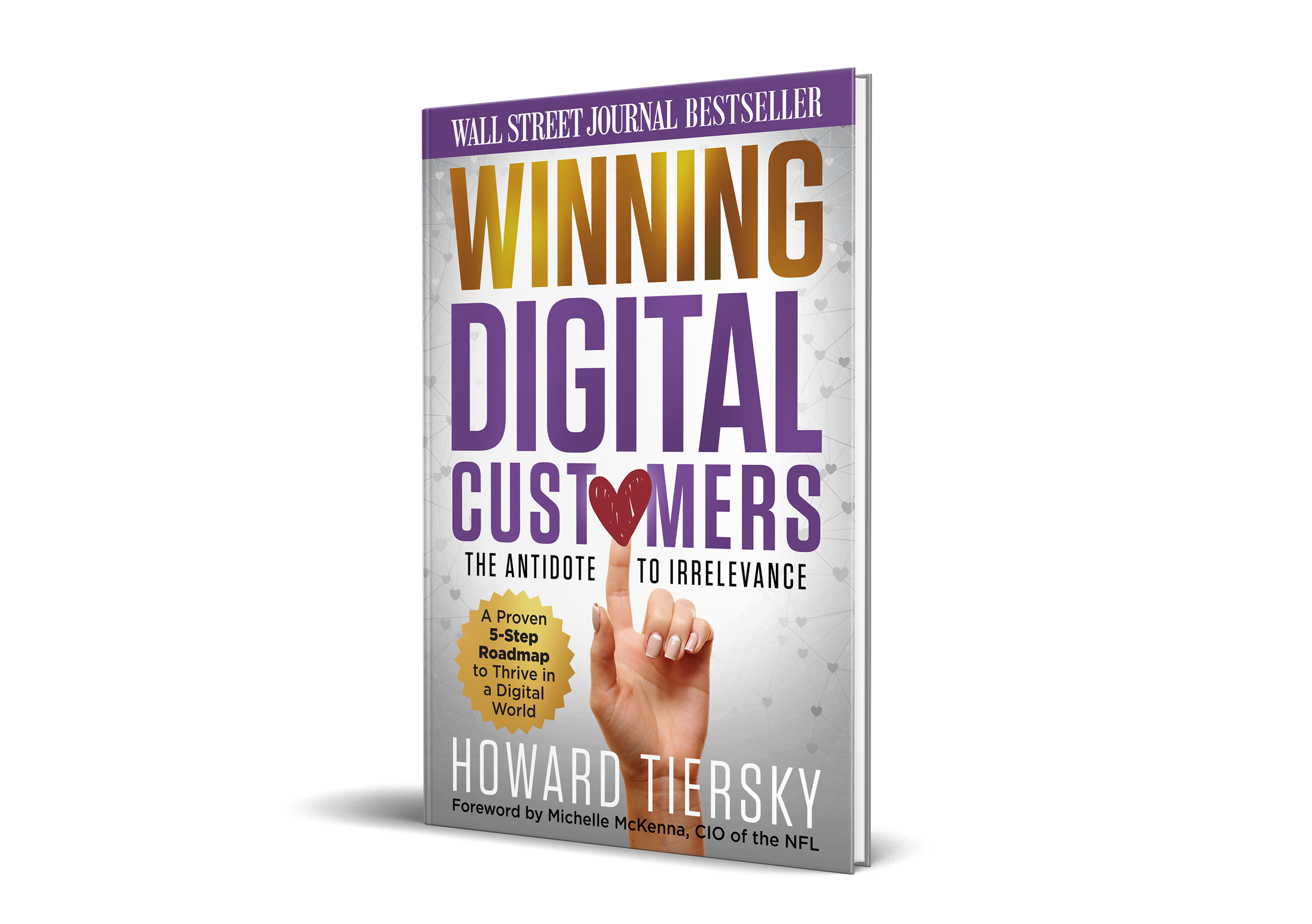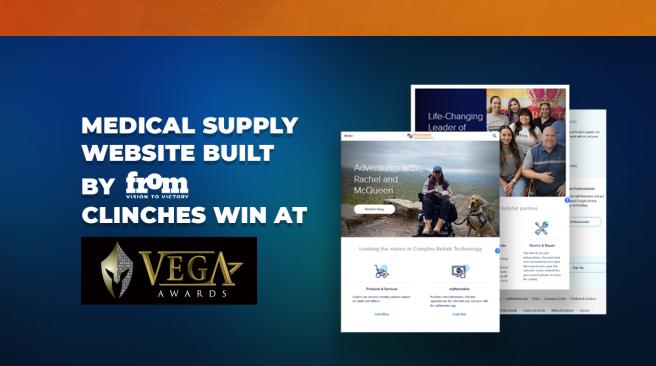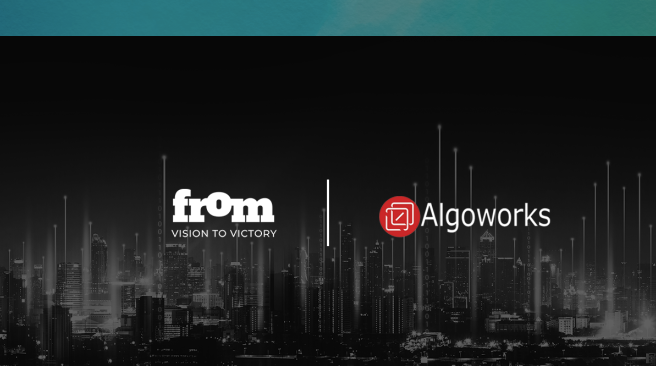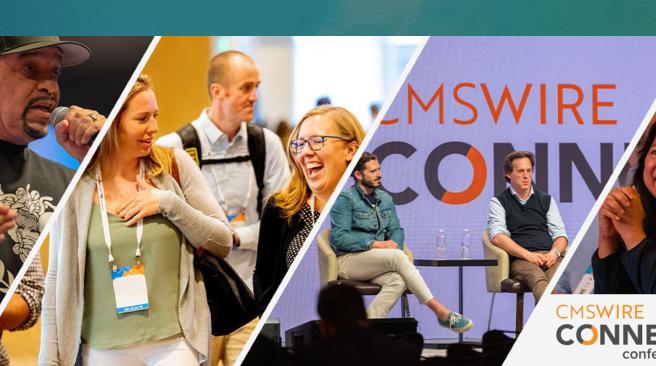Insights | By Howard Tiersky
5 Reasons Your Company Isn’t Embracing Customer Research
Comprehensive customer research makes product development far more predictable—driving greater adoption and overall success. This has been proven time and again. Although many companies do some type of research, most don’t fully embrace it as a key strategic tool driving core decisions. Why not?
Let’s first consider the minority of companies that do very powerfully embrace customer research.
They have standing research teams. They're doing customer ethnography to understand the needs of their customers as they develop products.
They're sharing early versions of products with customers, conducting prototype testing and other activities to validate their product is one that really resonates with customers. They assess whether everything—the concept, interface, form factor, and even the marketing of the product—is right.
When the product launches, those companies are continuously monitoring customer feedback by analyzing website and app metrics to understand how customers are responding to their products: What parts get used and don't get used? Where are the indications that there might be confusion or frustration?
These are the companies that are obtaining the best results—the highest customer satisfaction and increasing revenue and profitability (despite whatever investments they make in the research itself).
But most companies are not doing this.
Our team at FROM: Vision to Victory works with many large enterprises in developing new digital products, and we often get asked to look at problems like, “We have this new bill payment feature, but people aren't using it. Figure out why and what to do.”
Or it might be a bulk ordering app, human resource sign-up process, online support center, etc. And when I ask what kind of research was done with their users to understand what their needs were, nine times out of ten it's like, “Oh, well, we really didn't do much.”
To me, this is a no-brainer.
When you develop software, like an app, you'll almost certainly plan to have a technical team that's going to TEST that app to make sure that it functionally works before you send it out to customers.
But I hear all the time about companies that launched a new product that didn't do any significant or structured USER testing or research, to be sure the app worked for users instead of just conforming to its specifications, even though user adoption was clearly critical to the project’s success.
So why not?
I’ve observed five main reasons. Which of these are the reasons at YOUR company?
REASON #1: THEY THINK THEY’RE ALREADY DOING IT

When working with a company I always ask, for example, if they have created user personas. Very often I’ll be told, “yes” but then when I enthusiastically ask to see them, occasionally I get handed great stuff, but more often, nobody is quite sure where they are. And when they are finally unearthed they are often very thin or vague and it's unclear if they are based on any empirical research.
Or similarly, I’ll ask what kind of research has been done with customers. Many companies will affirm that yes, they do conduct regular customer research but when I get my hands on what was actually done, it’s a general customer satisfaction survey, often now outdated.
In other words, a company may be doing some token level of customer research, but it's limited and doesn't give them the kind of insight they need to really drive great products.
But they feel they've “checked the box.”
REASON #2: THEY FEEL THEY DON'T NEED IT

Sometimes, companies think it's so obvious what needs to be done in the situation that there’s just no point in doing customer research.
They know the site is broken. They know users are dissatisfied. They know there are problems, and they just have to fix them. They don't want to go out and spend money doing research or talking to customers just to be told that something's broken.
On one level, that sounds logical. But there are several problems with that thinking.
First of all, how many things are broken in your customer experience? How many points of frustration does your customer have? Are you going to fix absolutely every single thing that needs to be fixed? And are you going to do it all this quarter?
Probably not. What you're probably going to do is you're going to pick some things. You're going to tackle some this quarter, some next quarter, and there may be some you may never get to.
But are you doing them with the right priority? Are you fixing first the things that are impacting customers the most and the most negatively?
If not, well, then you may be suboptimizing your investments because you'd want to put money first on things that are causing the most pain and pulling down your business results.
I’ve seen companies that said they were pretty sure they knew what their 10 most pressing problems were, but wisely asked a firm like ours to do some customer research to validate the list.
And typically, some of those “10 things” turn out to be really important, but the initial ranking of the relative priority might have been off.
Additionally, there often turn out to be at least a few things that are even more important that weren’t on anyone's radar.
Furthermore, even when you are right initially about what the problems are, you need to be sure you are implementing the right solution.
We worked with one company that was sure that customers were confused about their ordering process. They concluded that without any customer research.
And they were right! So they totally redesigned it, but made it worse, as empirically measured by the conversion statistics. That’s when we were brought in.
Through some basic customer research we were able to both validate the core issue and identify a far better solution that aligned with user needs. The conversion went way up.
REASON #3: THEY DON’T BELIEVE IN CUSTOMER RESEARCH

There are people who like to point out that Steve Jobs never used customer research, or quote Henry Ford: “If I had asked people what they wanted, they would have said faster horses.”
Instead, Ford launched, of course, the Model T, the first commercially available automobile.
If he'd asked customers what they wanted, they would have told him faster horses. Assuming that's true, that's a hugely valuable insight because your customers are telling you what they want—go faster. And in fact, Ford brought a product to the marketplace that did allow people to go faster.
The reality is when you do customer research, you always want to separate the customer's identification of a need from the customer's idea for how to solve that need. And part of what we do when we structure our customer research and analyze its results is to get to the core of where the pain is.
We’re less interested in learning the customer's idea for a product because customers usually are not product designers. Jobs once famously said: “It's really hard to design products by focus groups. A lot of times, people don't know what they want until you show it to them.”
And Apple actually does customer research. There are many methods of research other than focus groups, and the purpose of research is not to design products anyway, it's to gain the insights about customers to feed to product design teams, as well as to test whether people do “know what they want when you show it to them,” in the form of a prototype.
REASON #4: THEY BELIEVE THEY DON’T HAVE TIME

They'd like to do it. It sounds like a great idea. They’re certainly in favor of it.
But the CEO says this product has to be in the market. They need results quickly. They need to impact their bottom line by the end of the fiscal year.
I get it. I really do. I understand the push for speed. Often getting a product to market quickly is far better than a year of “analysis paralysis” leading to a marginally better product but a year late.
But, to use an analogy, let’s say you are getting in your car to go someplace and you are in a huge hurry. Do you still take the time to put the coordinates into your GPS so you know how to get there? Or do you just get in your car and drive in any direction because you are in such a hurry to get to your destination?
It could feel good to hit the accelerator sooner. And if your boss is in the car, they may be happy because they feel like you are off to a good start rather than “fiddling” with your dash electronics while your car just sits in the driveway. BUT, that good feeling will probably dissipate an hour later when you learn you’ve been speeding in the wrong direction.
If your only goal is to get a product launched as fast as possible, then I agree with this strategy. Let's not do any user testing. In fact, let's not do any testing at all. Let's just make a product. Doesn’t matter if it's successful, let’s just launch it fast!
But that's rarely a beneficial goal.
The truth is, if you are in a hurry toward an important destination, customer research is even more crucial, and there are many ways to do it rapidly and still achieve market velocity.
REASON #5: THEY DON’T WANT TO KNOW WHAT CUSTOMERS THINK

This last reason is not one that I actually hear frequently because people often just don't want to admit it out loud, but I suspect it has a large impact.
Sometimes people just don't want to know what their customers think.
And usually the reason is because they have a vision. They have a product they want to bring to market, or a tagline they love, or a feature they believe in, and they don't want evidence that contradicts their vision.
It's simply more important to them to see their creative vision realized than to make sure that it meets the business goal of delivering a product that's most successful in the marketplace.
I sympathize with the pain of having to face the fact that your beloved idea just isn’t going to work. But it’s far less painful to learn that early in the product life cycle and be able to adapt than to run your product into a brick wall because you don’t want to believe it’s there.
It takes some emotional courage, but it’s far better to find out how customers feel when you can still do something about it.
These are the five reasons I’ve observed that companies often give to avoid doing customer research. Sometimes there's a blend of these reasons, and that's when it becomes even less likely that they are going to do customer research.
For example, they're thinking, “Well, we've already done some customer research (that survey we did last year). And we're in a big hurry now, so we don't have time to do it. And frankly, we don't really want to rock the boat in our vision anyway.”
But customer research is the single most effective method to predictably bring successful products and services to market, and skipping it would most likely lead to failed products and missed goals.
Need support in conducting impactful customer research for your business? We can help. Book a meeting with us today

In my Wall Street Journal bestselling book, Winning Digital Customers: The Antidote to Irrelevance, I walk you through a simple five-step roadmap to drive a successful digital transformation within your organization. This is the methodology that I use to help my clients succeed in their digital transformation journey and win the love and loyalty of their customers. You can access the first chapter for FREE here or purchase the book here.
SUBSCRIBE to DX Weekly for more content each week to help you and your company succeed in the digital world.
Howard Tiersky is the founder of FROM, The Digital Transformation Agency where he works with leading brands on digital transformation.
- Check out his Wall Street Journal bestselling book, Winning Digital Customers: The Antidote to Irrelevance.
- Howard did an episode with one of the top 25 global thought leaders of 2021 and award-winning certified customer experience keynote speaker, Stacy Sherman, to discuss what companies may be getting wrong about customer experience, closing the feedback loop, and building trust through testing, analyzing, adjusting and repeating pilot programs. Listen to the episode here.
- And of course SUBSCRIBE to this newsletter to make sure you stay on top of his weekly insights on digital transformation here on LinkedIn.












